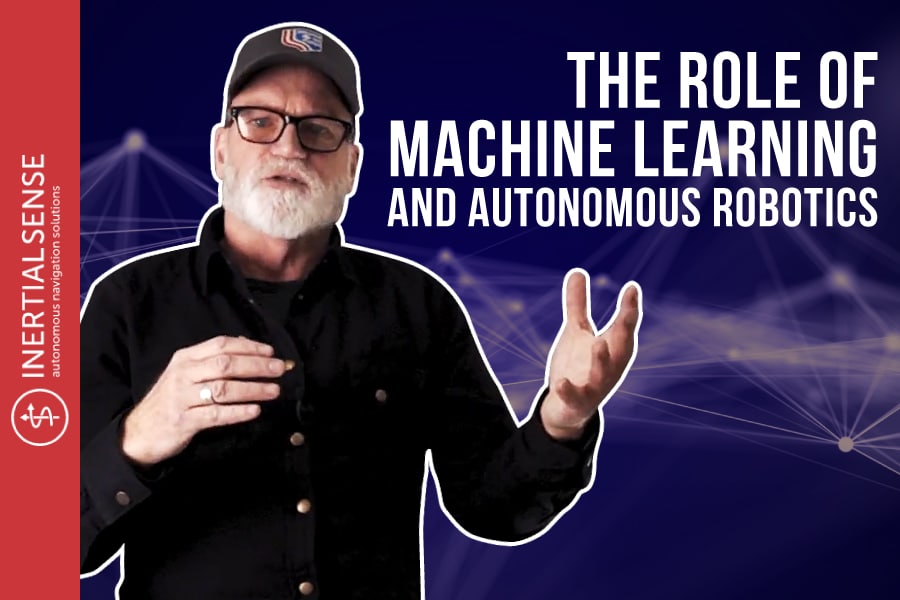
The Role of Machine Learning and Autonomous Robotics
Artificial intelligence and machine learning, no not aliens, are the gateway to your autonomous vehicle or robot operating in a capacity to think for itself. Watch the video below as Tom gives his expert opinion on how these areas interact in the autonomous robotics space.
Every mission autonomously ran gathers data that is used over time to enhance mission accuracy and mission performance.
At a more fundamental level, the ability to take different inputs and prioritize them, depending on your environment, is super key.
Object classification and real-time instant handling is the ability to understand what an object is, and based on a series of built-in playbooks, allows it to handle it in real-time to avoid the object and continue its mission.
Give us a call or click the link to connect to one of our experts. We at Inertial Sense look forward to helping elevate your autonomous robot to the next level!
Learn More:
Where is Autonomous Navigation Going in the Next 5 Years?
The Future of INS and Autonomous Navigation
What Does The Autonomous Robotic Landscape Look Like?
Video Transcript
Artificial intelligence and machine learning are curves that aren’t used a lot. But the question is, what do they really mean with autonomous robotics? I think there’s three areas where those are super key and any system that you’re going to integrate should be able to actively engage on these three fronts.
The first is every mission that you run autonomously, you’re gathering that data and you’re using that data over time to enhance your mission accuracy and your mission performance. That’s kind of the baseline.
At a more fundamental level, the ability to take all these different inputs and prioritize them, depending on your environment, is also super key. If the wheels are slipping on a device, you know to check that the weather might be doing this, and therefore I’m going to prioritize my GPS signal over my wheel signals because they’re slipping. Things like that use AI to better drive the vehicle based on changing conditions.
Then probably the most interesting one over time is object classification and real-time instant handling. So not just seeing that an object is in the way of your robot completing its mission, it’s the ability to understand what that object actually is and based on a series of built-in playbooks, handle it in a real-time way that allows it to avoid the object and then continue on its mission unimpeded.
Between those three things, those are sort of the fundamental building blocks of what AI and machine learning mean to autonomous robotics.

